Internal combustion engines will play an important role in truck propulsion for many years to come.
So says Dr Tauseef Salma, chief technology officer at automotive catalyst and filter specialist Johnson Matthey’s Clean Air division.
“I don’t believe that battery electric or hydrogen fuel cell technology can cater for the whole of the truck market,” she says.
Her views would appear to be at odds with the UK government’s decision to ban the sale of all new diesel trucks from 2040 onwards.
Fossil diesel is not the only combustible fuel that can be employed in truck engines however, she points out.
Far cleaner than diesel, hydrogen burnt as a combustion fuel (H2ICE) could have a significant part to play in the transition to net zero, she suggests, and Johnson Matthey (JM) is investing accordingly.
In a first for JM, it plans to open a hydrogen internal combustion engine test centre in Gothenburg, Sweden, in the autumn which will be able to handle engines producing up to 800hp.
It will be set up alongside the company’s existing diesel engine test cells.
“It’s a real show of our backing for this technology as we seek to unleash the potential of hydrogen mobility,” say Salma.
“We cannot rely on battery-electric vehicles alone to solve our challenges: H2ICE is ready to go.”
Commercial vehicle engines that run on hydrogen are likely to require spark ignition rather than a compression ignition system, but such an alteration is likely to create fewer day-to-day challenges for fleet operators than switching to battery-electric traction.
Difficult to electrify
“Heavy trucks are difficult to electrify,” adds Dr Chris Morgan, strategic projects director at JM.
The weight of the battery pack has an impact on the potential payload, he points out, and charging opportunities may be difficult to come by if they are double- or triple-shifted and worked almost around the clock.
That said, it should be noted that batteries can be topped up during a driver’s statutory breaks, and charging facilities for heavy commercial vehicles are gradually becoming more widespread.
A global operation with sites in the USA, China and India among other locations, JM has worked with Cummins to develop a 6.7-litre H2ICE engine for trucks and buses under the Project Brunel banner.
It has done so in conjunction with technology companies PHINIA and Zircotec and the Advanced Propulsion Centre, which works with government, industry and academia to help develop zero-emission vehicles.
Cummins contends that the engine delivers a tailpipe CO2 emissions cut of more than 99% compared with a modern diesel engine.
While clearly wedded to battery-electric traction for most applications, MAN has entered into small-series production of H2ICE trucks for use in sectors such as construction and timber transportation.
They have to handle heavy loads in locations where battery charging points may not always be ready to hand.
JM is a partner in the manufacturer’s hTGX project.
DAF and Iveco have both been working on H2ICE as well. It is an approach that is endorsed by the European Union, which classes hydrogen combustion as zero-emission.
Unfortunately the UK government does not concur with this view at present because burning hydrogen in an engine produces NOx as well as water vapour.
The amount of NOx is small, but it has to be dealt with using SCR (Selective Catalytic Reduction) exhaust aftertreatment – technology which JM, of course, supplies – and that means relying on AdBlue.
The volume of water H2ICE produces can cause difficulties for the catalyst, which has to be designed to withstand its impact.
JM is hopeful that Whitehall will change its stance on H2ICE, and it may have some grounds for optimism. The government match-funded the Cummins project referred to earlier.
Drawbacks of burning hydrogen
It is clear that burning hydrogen in an engine has its drawbacks.
Aside from the need for suitable aftertreatment, obtaining the fuel remains problematic, it has to come from a sustainable source – i.e. it should be green hydrogen if the environmental argument is to stack up – and price is an issue.
Nor are H21CE engines all that efficient, at only 20% to 30%. By contrast, hydrogen fuel cells can achieve an efficiency level of 40% to 60%, while electric traction can reach 90%.
However, fuel cell technology is more complicated than H2ICE, pricier and more sensitive to the quality of the hydrogen used.
The efficiency of battery electric solutions is undoubtedly impressive, but refuelling with hydrogen is far quicker than having to wait for a battery pack to charge up. That is likely to remain the case, even though charging times are reducing.
Refuelling times
MAN says its hTGXs can be refuelled in less than 15 minutes and offer a range of up to 600km/375 miles.
Although they are not zero-emission, hybrids still have a role to play too contends Morgan. Worldwide demand for them is likely to remain strong for the next decade he suggests, especially so far as petrol vehicles are concerned.
Some truck manufacturers have been working on diesel hybrids, including DAF.
Nor should the continued environmental advantages of biofuels and fuels such as compressed natural gas be ignored, Morgan adds.
Like hybrids, they too require aftertreatment – “we believe there will be an ongoing need to keep developing catalysts,” he comments – but have the advantages of speed of refuelling, range and relative simplicity as well as delivering CO2 reductions.
Commercial vehicle fleets may take the view however that, along with hybrids, they are ultimately transitional options on the path to zero-emission nirvana.
Fuel cell future
JM’s endorsement of H2ICE does not mean that it is dismissing fuel cells; far from it.
Earlier this year it inked an agreement with Bosch which confirms the intention of both parties to develop and produce catalyst coated membranes for use in fuel cell stacks.
The membranes will be employed in Bosch’s fuel cell power modules designed for commercial vehicles on long-distance work.
JM recently became a founder member of the Global Hydrogen Mobility Alliance. A coalition of more than 30 major companies including Bosch, BMW, Toyota, and Hyundai, it aims to accelerate the adoption of fuel cells alongside H2ICE.
Says JM chief executive officer, Liam Condon: “Hydrogen fuel cells are vital to Europe’s clean energy transition.
“They offer a practical solution for decarbonising transport, particularly in sectors where battery-electric options may not suffice.”
The company’s view is that all the foregoing solutions can have a role in parallel with electrification, which cannot be viewed as the only game in town.
Morgan says: “There are major opportunities for decarbonisation in road freight, but there is no silver bullet.”
Euro 7 emission regulations
JM is now working on developing technology to ensure compliance with the new Euro 7 emission regulations, set to come into force so far as all newly-Type-Approved trucks are concerned on 29 May 2028. All new trucks will be in scope from 29 May 2029.
NOx will have to be reduced by 62% and particulates by 20%, with the limit applying to smaller particles than was the case before; 10Nm rather than 23Nm.
The aftertreatment required is likely to be more complex, says Morgan, with more stress being placed on continued in-service adherence to emission restrictions than was the case before.
“As a consequence manufacturers are having to design their emission control systems to be more robust,” he says. “Legislation has moved out of the laboratory – and is now addressing real-world driving.”
By John Lewis


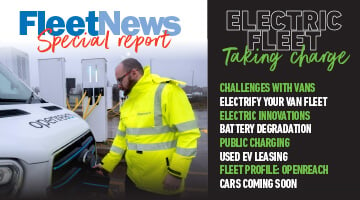


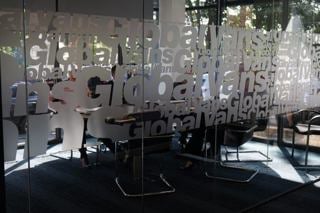
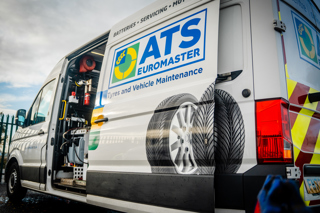
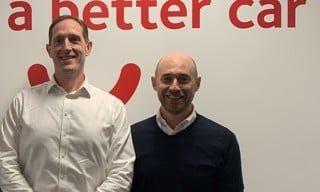

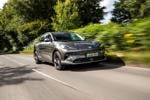
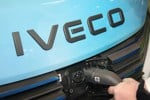



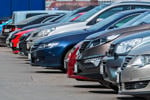
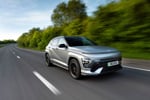



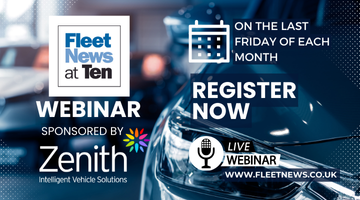
Login to comment
Comments
No comments have been made yet.